All products featured are independently chosen by us. However, SoundGuys may receive a commission on orders placed through its retail links. See our ethics statement.
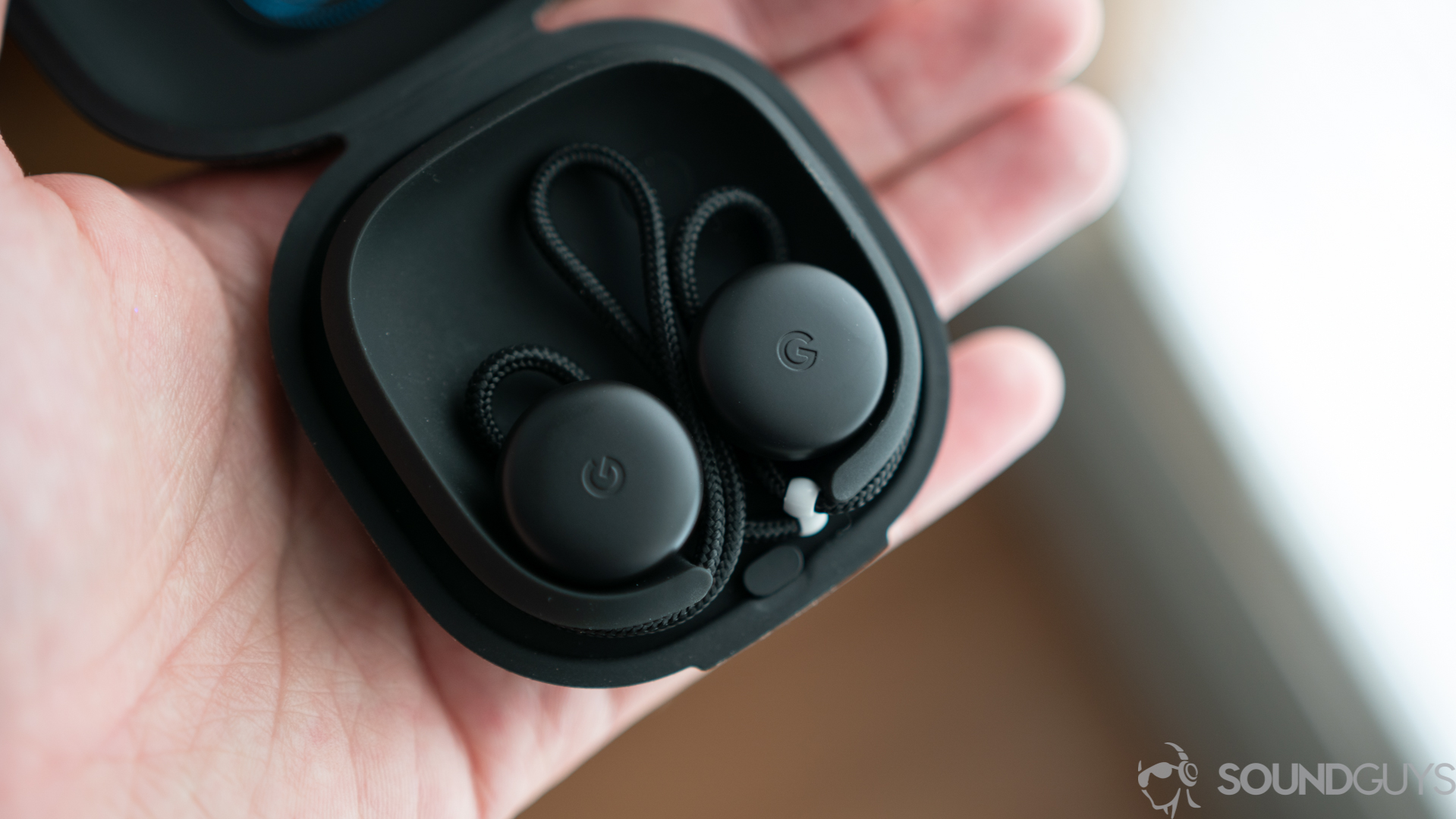
Google Pixel Buds
October 2017
Earbuds length: 20.4 mm<br>
Charging case height: (28.6 mm)<br>
Earbuds: 14 g<br>
Charging case: 57 g with buds, 43 g without buds<br>
Google’s Pixel Buds (Gen 1) are now old news, but they weren’t really the buds we were hoping for even when they were originally released. With the arrival of the new Google Pixel Buds, there isn’t much reason to give the older Pixel Buds (Gen 1) a look, but we’ll show our work anyway. Not only does the new model make the leap to true wireless, but it solves a lot of the hangups and issues presented by the Google Pixel Buds (Gen 1). It’s a bit of a shame that these didn’t quite offer what consumers needed them to, because as a set of band-connected wireless earbuds—you didn’t have to worry about losing one earbud or anything, it was a connected unit. Thankfully, these are almost impossible to find for purchase right now (at least in the USA) so if you do get the chance to buy them now in 2020, don’t.
Just get the New Google Pixel Buds if you’re looking for a fulfillment of the promises made by the Google Pixel Buds (Gen 1).
Editor’s note: This review was updated on December 21st, 2020 to reflect the unavailability of this product.
Who are the Google Pixel Buds (Gen 1) for?
- Google fanboys like me. If no one can tell you anything bad about anything Google, then you’ll like these because of the seamless Google Assistant.
- People who want to still be aware of their surroundings. The poor isolation has a negative effect on sound quality, but it does mean you can hear what’s going on around you.
- Anyone who likes pain. These are really annoying to use every day. The bad things here are not dealbreakers, just annoying as heck.
How’s the build quality of the Google Pixel Buds (Gen 1)?
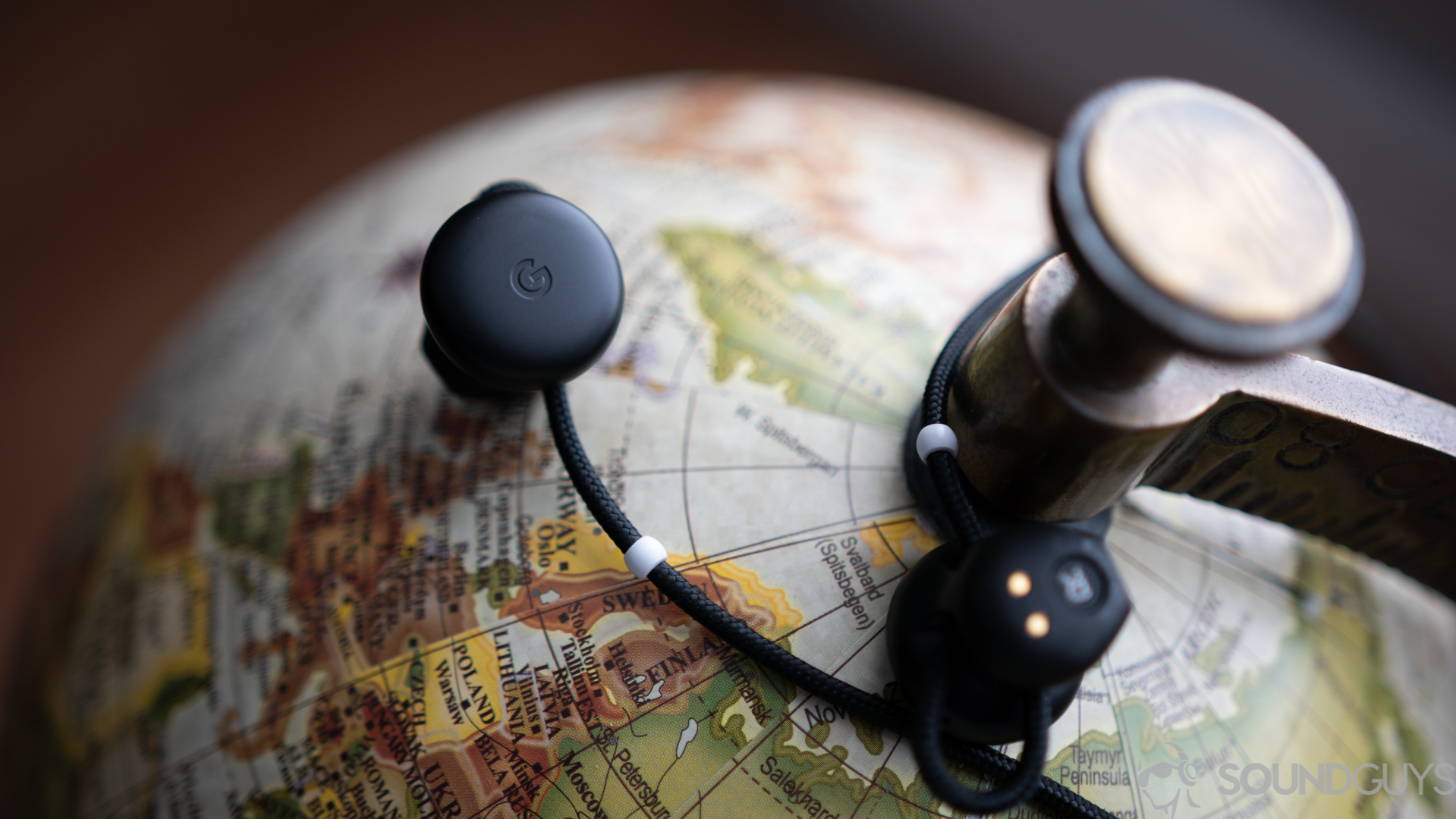
One of my biggest issues with the Pixel Buds is the charging case, but oddly enough it’s also one of the best things about the headphones. It’s wrapped in a soft fabric that feels great in the hand. In the same way that I would catch myself mindlessly flicking open and closed the plastic AirPods case, I found myself just mindlessly caressing the case because it feels so smooth. It makes for a great fidget toy, at least until you open it.
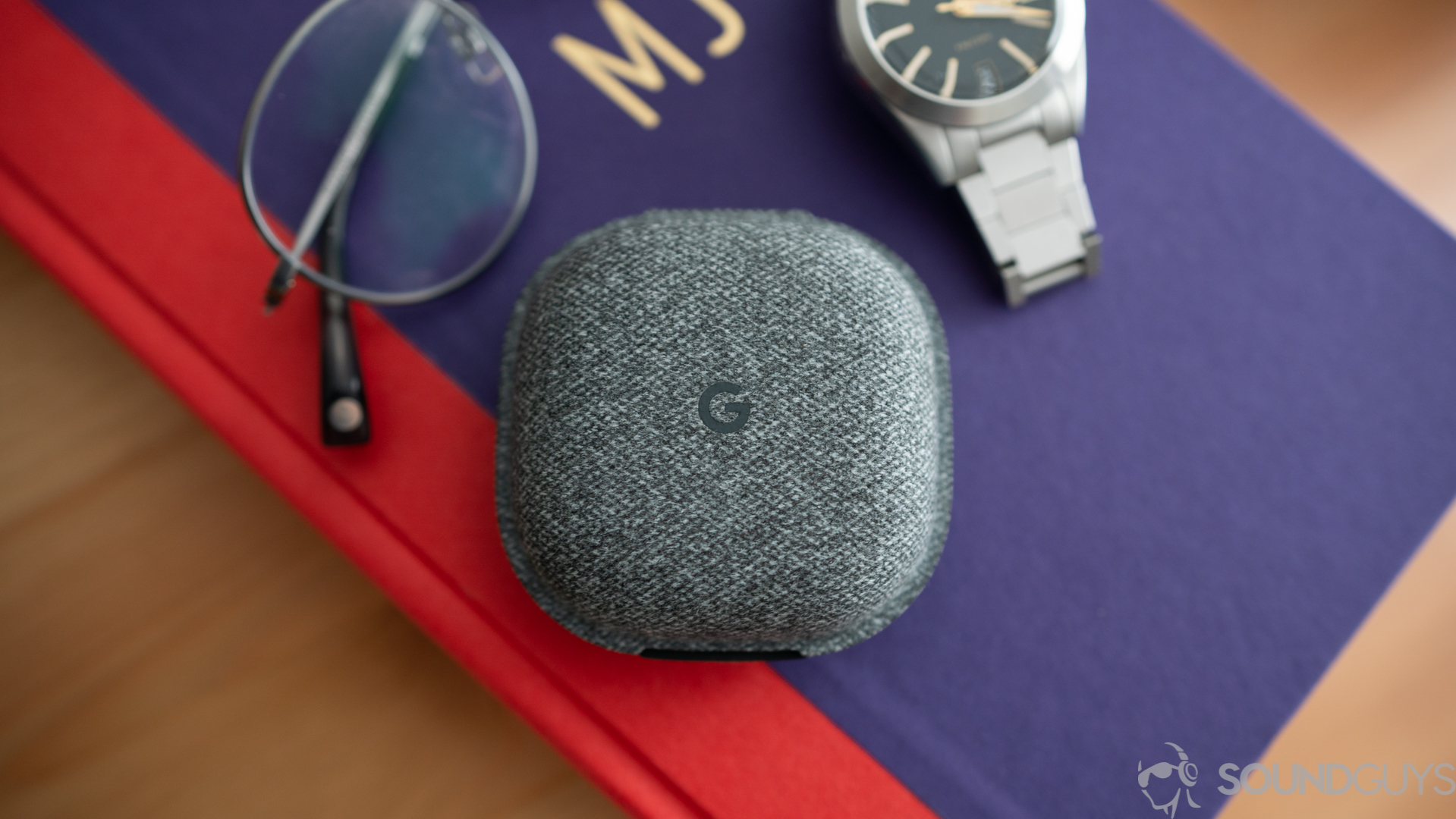
The headphones are all wrapped up nicely around a lip inside the case that holds the cable in place. Unwrapping them in order to use them was super easy, but placing them back was always a hassle and I’m surprised this is the method Google chose to go with. If you need to put an instruction sticker on your product explaining how to correctly place them back in the case, maybe you should rethink your design. This was by far the most frustrating thing about the Pixel Buds and more than once I found that I messed up putting them back in the case, resulting in one of two things. Either the case wouldn’t close properly and I would need to take them out to try again, or the case would close fine but the earbuds weren’t perfectly in place which meant the buds would never disconnect my phone. Inside the case are three small LED lights to show you how much battery life is left as well as a Bluetooth pairing button.
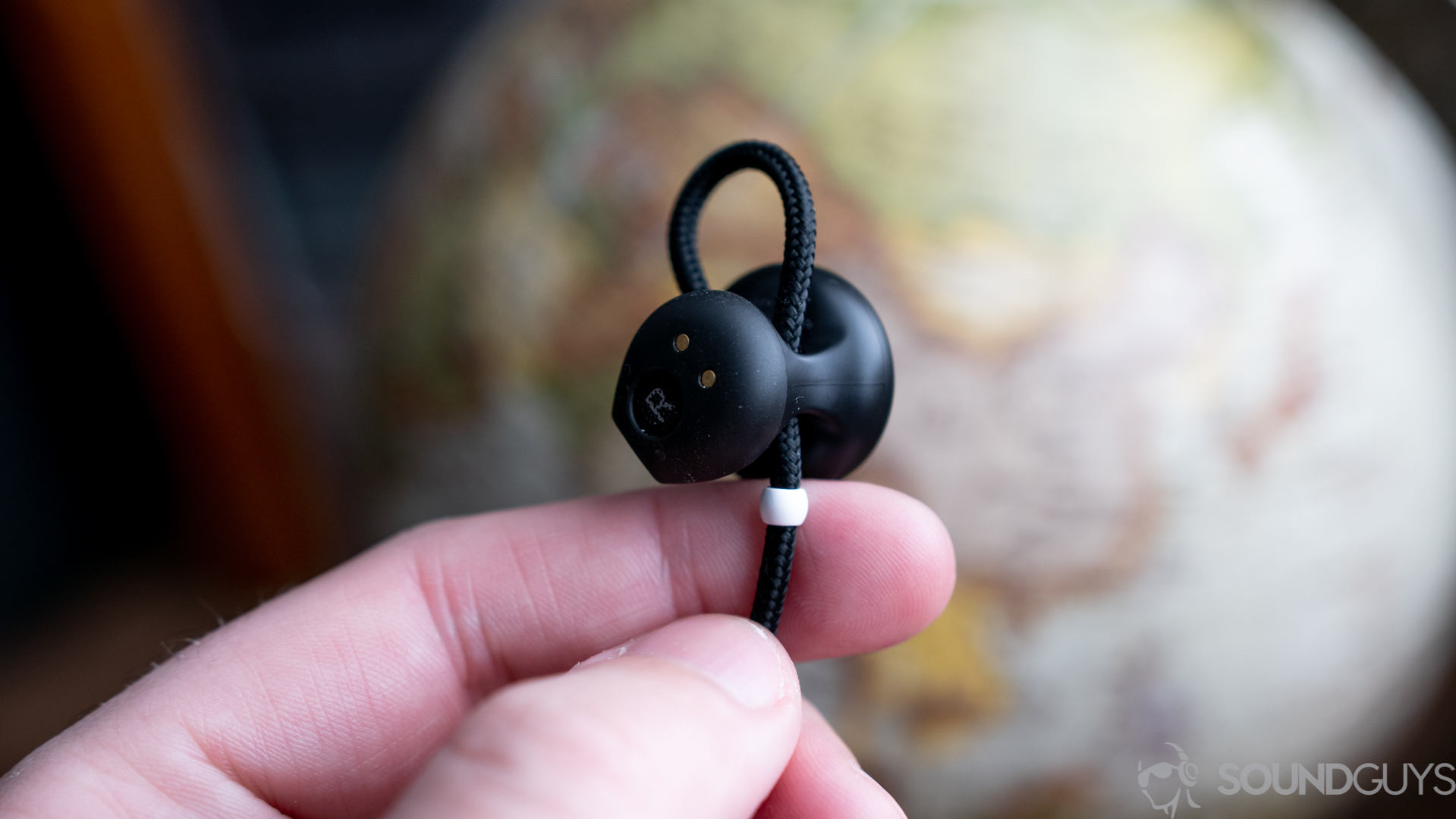
This brings us to the actual earbuds themselves which I have mixed feelings about. On one hand, just like the case, I love the build materials Google chose to go with. The earbuds are made of a smooth plastic that isn’t fingerprint-prone at all, and even after a month of everyday usage they still look crispy clean. I’m also a big fan of the braided fabric cable connecting the two earbuds which don’t tangle or look cheap. That same cable loops through the earbuds and can be adjusted to fit your ear better, but that can get annoying for two reasons. Not only is it seriously uncomfortable after a while, but the process of taking them out of the case is basically impossible to do without pulling on said cables to get the earbuds out. But doing that resets the position of the loop, so you’re basically stuck re-adjusting the loop to fit your ears at least every other use.
How is the connectivity?

The connection strength with the original Pixel Buds is a mixed bag. The one thing that the Pixel Buds had to nail was a great connection. The AirPods sound terrible, fit terribly, and look ridiculous, but connecting to them (and staying connected) is basically perfect. Luckily, the Pixel Buds live up to that in my experience somewhat. The initial setup process requires you to hold down the button in the case for three seconds, which led to a small card popping up on my Pixel 3 that made the setup process seamless and super simple. Unfortunately, you’re going to need Android 5.0 or higher on your device for that to occur. For everything else (including iPhones) you just have to go through the regular Bluetooth pairing process.
Another problem is switching between devices, which isn’t easy at all due to the lack of Bluetooth multipoint. Switching between devices that the headphones are paired to requires going into the settings every time you want to disconnect from one device and connect to another. If you’re looking to seamlessly transition from your phone while commuting to your laptop at your desk, these might not be for you. The Google Pixel Buds randomly decide to pick one device as the main one, and auto-connect as soon as I turn Bluetooth on—but whether that’s my laptop, iPad, or Pixel phone is like playing Russian roulette.
Luckily, I basically only use them with my phone and in that respect, the connection is seamless. They auto-connect when I take them out of the case, and automatically disconnect when I put them back in (assuming I placed them in the case properly). Not once did I experience a skip in the music. On the flipside, there is definitely a slight lag when watching YouTube videos so the audio doesn’t perfectly sync up which is a huge miss that annoys me every time I watch a video.
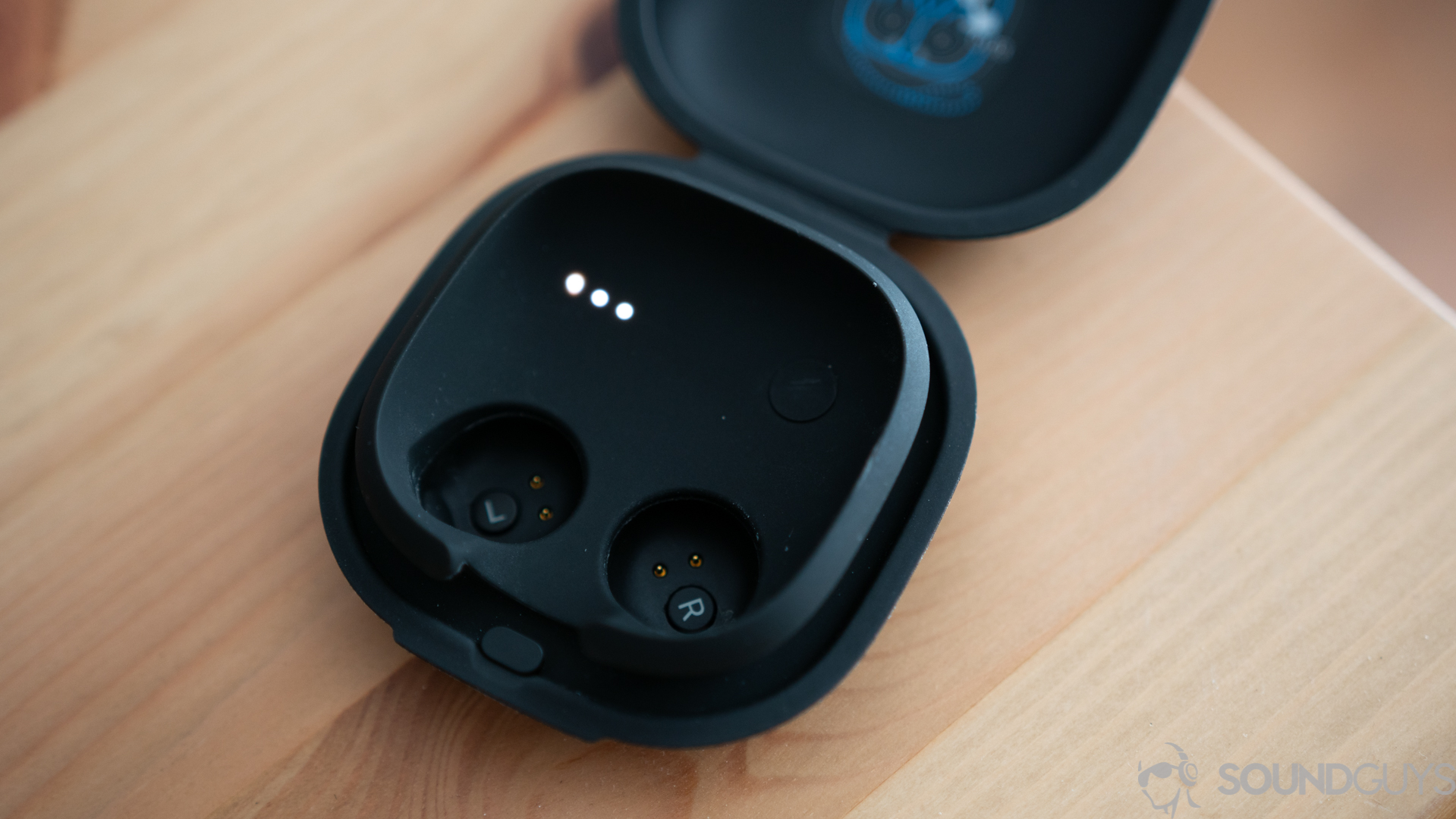
One thing you might notice when looking at the Pixel Buds is their lack of buttons, and that’s because everything is controlled via swipe gestures on the right earbud that also work perfectly. A single tap pauses or plays music, while swiping left or right adjusts the volume. Double tapping can be configured to either skip to the next track or have the Google Assistant read your most recent notifications. You can also reply to these notifications as well just by tap and holding the earbud which is useful in a pinch when your phone is out of reach.
How well does the real-time translation work?
Of course, the big feature that Google was pushing with these was instant translation when you use them with the Google Translate app. While I did use it with Spanish-speaking relatives to mild success, I can’t picture a use case where this is preferable to just using the Google Translate app that you need installed on your phone anyway.
When using the feature, it was tough to keep up with the conversation because it’s a lot like having auditory hallucinations. Additionally, it seems quite rude to have earbuds in while you’re talking to someone else, and I’m not convinced this feature is ready for prime time without some rethinking.
What is the battery life of the Google Pixel Buds (Gen 1)?
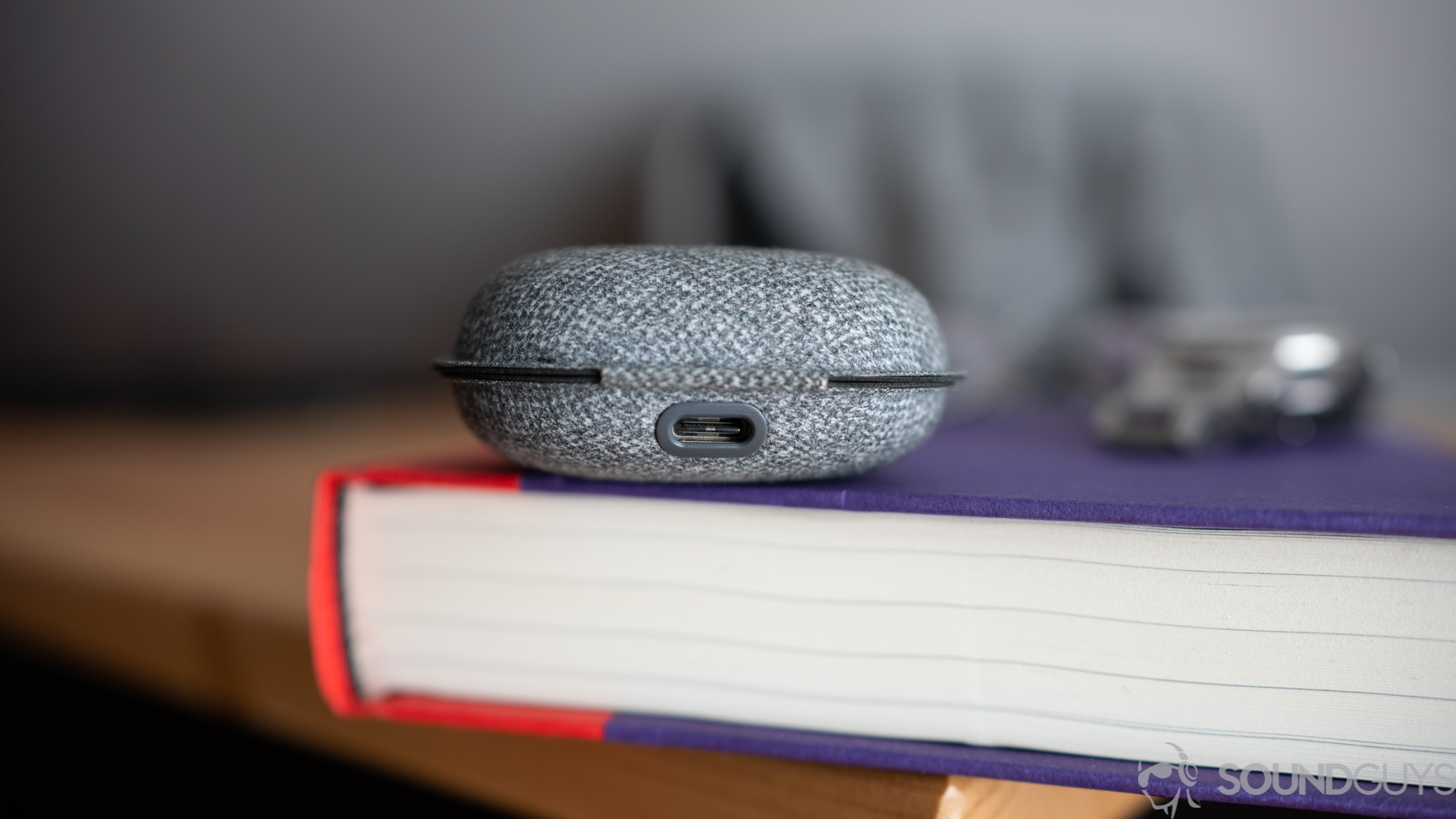
Battery life was disappointing with the Pixel Buds because even though they’re not true wireless. They promise at best only five hours of constant playback. In our testing, we managed to get exactly 4 hours and 38 minutes of constant playback, which is not great considering there are a few true wireless earbuds that last longer than that.
On the bright side, the charging case does give you a few extra charges that will total to 24 hours of playback and also has quick charging. Just ten minutes in the case will get you another hour of listening time. They also charge via USB-C which is great, seeing as I have finally unlocked the one-cable achievement with all of my devices.
How do the Google Pixel Buds (Gen 1) sound?
Sound quality on the Pixel Buds (Gen 1) is passable at best, and I’d say that’s mainly because of the lack of a proper seal when wearing these. They block almost no outside sound which is good if you need to hear what the conductor on the train is saying, but bad if you want to truly enjoy your music.
They also don’t get loud, and I found myself needing to constantly pause what I was listening to whenever the train I was waiting for approached the station as it would completely drown out my music or whatever podcast I was listening to. The earbuds themselves have promise, as you can see from the frequency response in our testing there is a slight bump in the low end.
The problem is that because of the loose fit of the Pixel Buds, you can’t appreciate that unless you push them deeper in your ears. Due to the slight underemphasis of the mids, vocals really pop which is great when listening to podcasts. But I found that this made the background instruments of the song Nadie Se Meta by Ala Jasa sound almost flat and lacking in detail. Thankfully, that wasn’t a problem with the highs and the shakes and higher synth elements of the song Mirage by Toro y Moi played through nicely.
What about the new Pixel Buds?
As I update this article in 2020, I find myself still annoyed by all of the same things that I was annoyed at back when I first opened up the box. Thankfully though, it seems Google took its customers’ complaints with their hardware to heart with the new Google Pixel Buds.
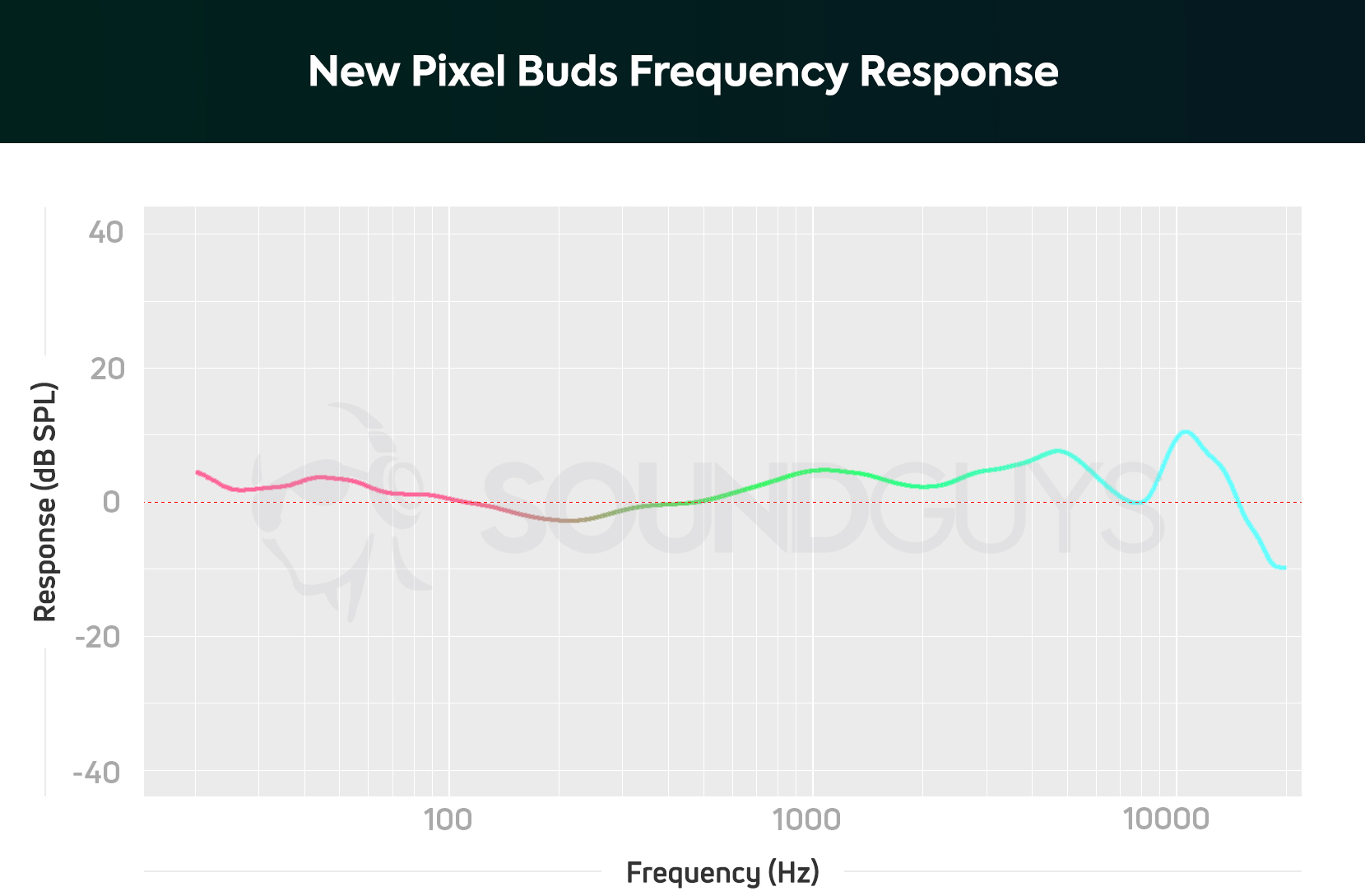
Why they’re called “the new Google Pixel Buds” and not something like Pixel Buds 2 is beyond me, but maybe Google wants to forget that the first version ever happened—and I can’t say I disagree. While battery life on the new units are around 6.5 hours, the case looks much sleeker and they sound far better too. This is due in large part to actually creating a seal with your ear canal, but it seems as if Google’s engineers really took a fine-toothed comb to the Gen 1’s postmortem, and made sure that the new Google Pixel Buds wouldn’t suffer the same fate.
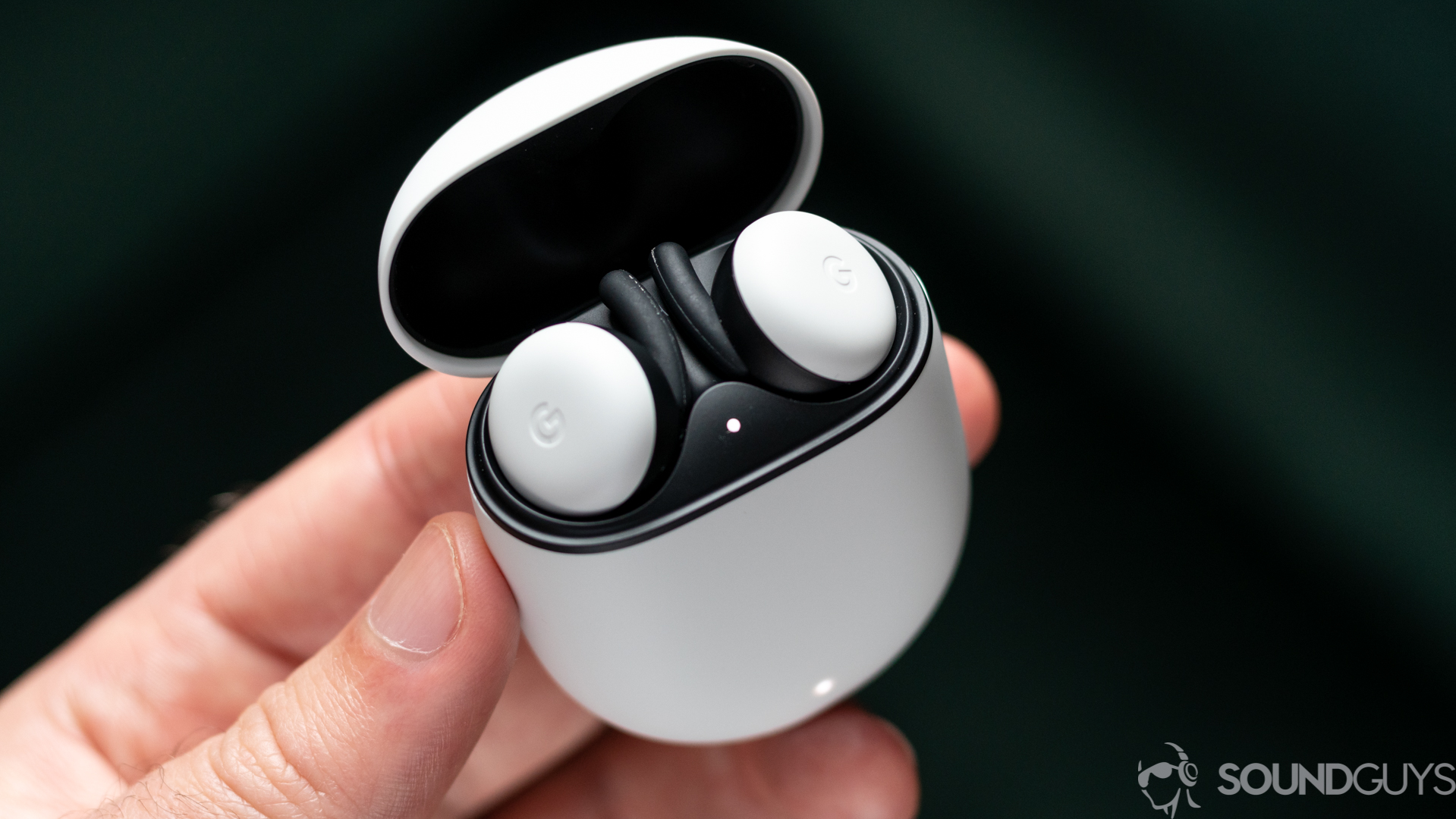
For those keeping score at home, the new Pixel Buds have better sound, better features, are true wireless instead of merely being a wireless neckband, and are competitively priced. While they’re not going to satisfy everyone’s needs (no ANC, for example), they’re easily more worthy of your dollar.
Should you buy the original Pixel Buds?
If you can’t tell, the Google Pixel Buds (Gen 1) were a bit of a swing and a miss for Google. However, that doesn’t mean you should avoid the line entirely, as the new Google Pixel Buds are excellent.
As someone who talked myself into buying them despite the bad reviews, I can safely say that the original Pixel Buds are not worth the asking price. They’re a half-baked product wrapped in premium materials that I would’ve already returned had I not missed my return window date. Don’t get me wrong: they’re not a bad pair of earbuds, they’re just overpriced and annoying to use. There are a few key issues with Bluetooth that Google had to fix, and the Pixel Buds don’t solve any of them.
Considering the price and the company that makes them, I was hoping for something more in line with the brand. Instead, I got a pair of decent sounding earphones, with an annoying A/V lag, a sub-par battery life, and basically no isolation. Sure, having access to the Google Assistant is cool and useful, but the Assistant shouldn’t be the main selling point. It can make a good pair of headphones great, but if the headphones are bad to begin with the Assistant isn’t going to change anything. If you were planning to get a pair, don’t. Just go with the newer Pixel Buds and call it a day.